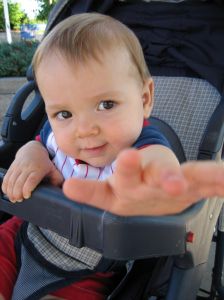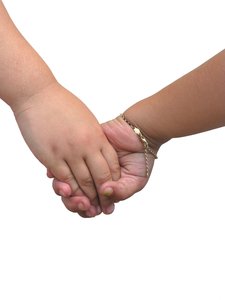School is gearing up, and our kids are strapping on their backpacks and heading back to class.
But first they’ve got to get to school safely, so over the next 30 days the emphasis will be on child pedestrian safety.
According to Parents Central, most of the fatal accidents including young pedestrians happen between noon and 8:00 p.m. at non-intersection locations.
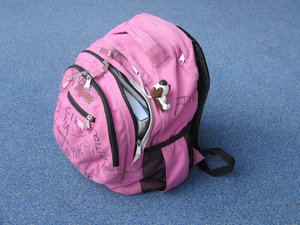
Our Fort Myers child injury lawyers understand that there are more than 60 children who seek medical attention for injuries sustained while walking each and every day. Each year, there are more than 500 children who are killed in pedestrian accidents. Teens between the ages of 14 and 19 are most at risk. As a matter of fact, they account for about half of all pedestrian injuries sustained in the last five years.
Before your child heads back to that first day of school, it’s a good idea to review their route. Make sure you’ve planned the safest route possible. You want an area preferably with sidewalks, low traffic volume, low speed limits, good lighting, other people likely out walking and crosswalks and cross signals. Grab your child’s friends from the neighborhood and have a group practice. It’s always better to walk in a group as opposed to walking alone.
It’s also a good idea to review safe pedestrian tips with your child before sending them off for the new school year. Read, review and share the following safety tips with your child this autumn:
-Whenever it’s possible, cross the road at a street corner. You always want to abide by the traffic signals at these intersections. Most accidents and injuries occur mid-block or in another area other than an intersection.
-Before stepping onto the road to cross, you always want to look left and right. It’s important to keep looking and listening while crossing, too.
-While walking across the road, you want to do just that — walk don’t run.
-If there are no sidewalks available on your route, your best bet is to walk in the direction facing oncoming traffic. You’ll want to stay as far to the left as possible.
-Never walk while wearing headphones. You always want to be alert and aware of your surroundings.
-If you’ve got to use your phone, your best bet is to stop before doing so.
-Remember that drivers may be on their phones or engaged in other distracting activity. Before crossing the road, always make eye contact with them to ensure that they see you.
-Remind children that there is no horseplay on their way to the bus stop or to school. Horseplay is how accidents happen.
Make sure your children understand the risks that are associated with walking to school or to the bus stop. Cover these topics frequently throughout the school year to keep the idea fresh in their mind. An aware child is a safer one.
Continue reading ›
 Florida Injury Lawyer Blog
Florida Injury Lawyer Blog





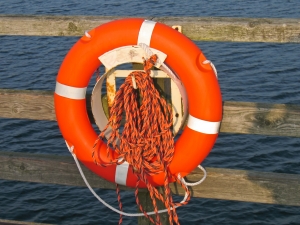
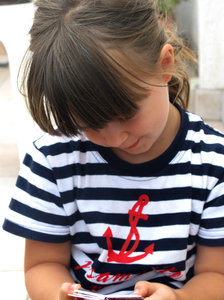 Texas and Florida are the most dangerous states.
Texas and Florida are the most dangerous states.